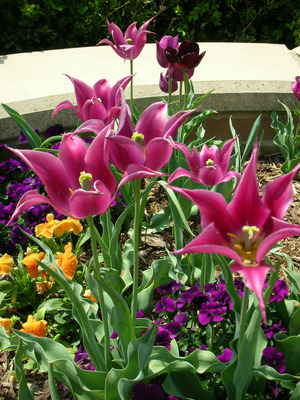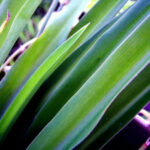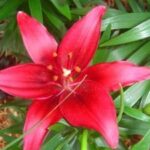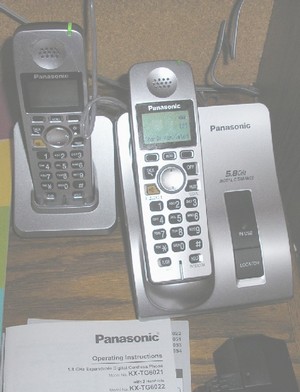One of the most common mistakes new gardeners make is trying to grow plants in a location that is either too sunny or doesn’t have enough sun. I know. I’ve done it, too. Part of the problem lies in not understanding the terms used to label the amount of light a plant prefers.
- Full Sun: Plants labeled for a sunny location typically require six to eight hours of direct sunlight a day. Keep in mind that this refers to the amount of time the sun shines directly on the plants. The number of hours does not need to be consecutive, but must add up to at least six hours. Many sun-loving plants actually prefer more.
- Partial Sun: This label is misleading. Common sense would tell you that it means any area that receive a mixture of sun and shade – but that isn’t what it really means. According to the University of Illinois Extension, partial sun refers to an area that receives direct sunlight for between four and six hours a day.
- Partial Shade: This too causes some confusion. Partial shade refers to an area that receives between two to four hours of direct sunlight shining on the plants. This may include areas along the northern side of your home or area near other garden structures that cast a shadow during the day.
- Shade: Shade refers to any area that receives less than two hours of direct sunlight a day. This includes areas under shade trees or under overhangs that prevent direct sunlight from reaching the plants.
- Dappled or Filtered Light: Occasionally, growers label plants for dappled or filtered light. This refers to an area that receives a mixture of sun and shade throughout the day. This may be under trees that allow light through the canopy or near other structured where light creates a “dappled” appearance and is neither sunny nor shaded.
Of course, when it comes to sunlight there are other considerations too. Typically, those grown in northern locations – like my Maine garden – can tolerate a bit more light than the label says, while those in southern locations may thrive in less light.
Plant labels are intended to be used as a guide and give you a good starting point , but the best indication of the lighting needs of your plants is observation. Plants that grow tall and spindly, lack blooms or produce weak foliage need more light and should be moved to a sunnier location. Plants in too much light may develop leaf scald or wilt easily. Move the plants to less light or use a shade cloth to reduce the amount of sunlight these plants receive.
More work by this author:
7 space-saving tips for small gardens
Preparation is key to garden success
Six Tips for Using Color in Your Flower Garden






